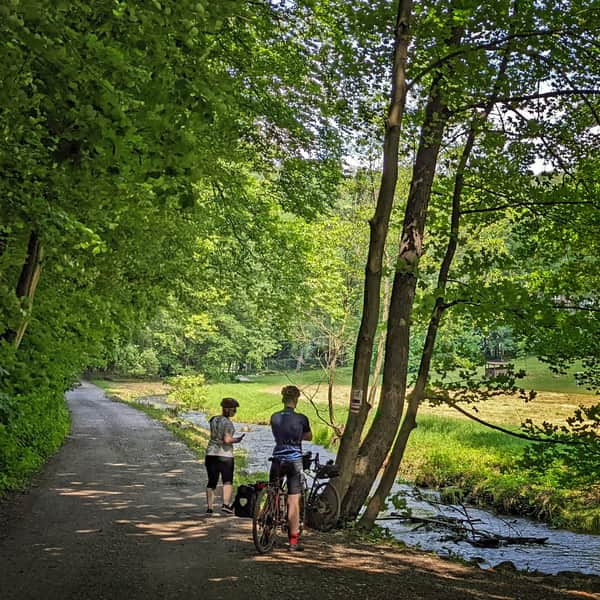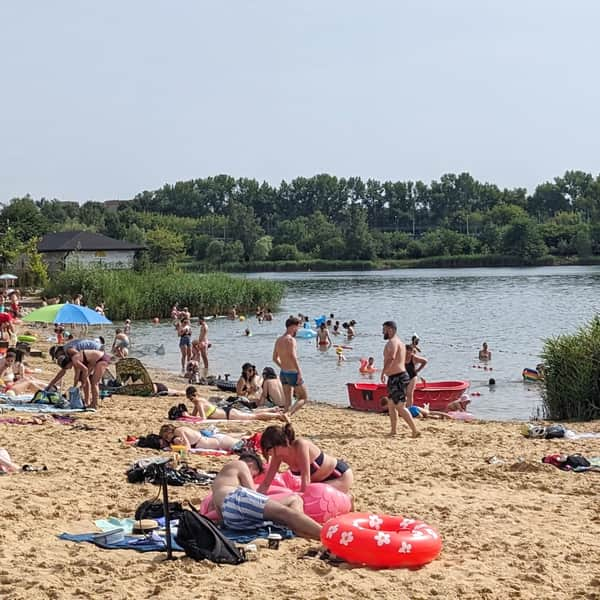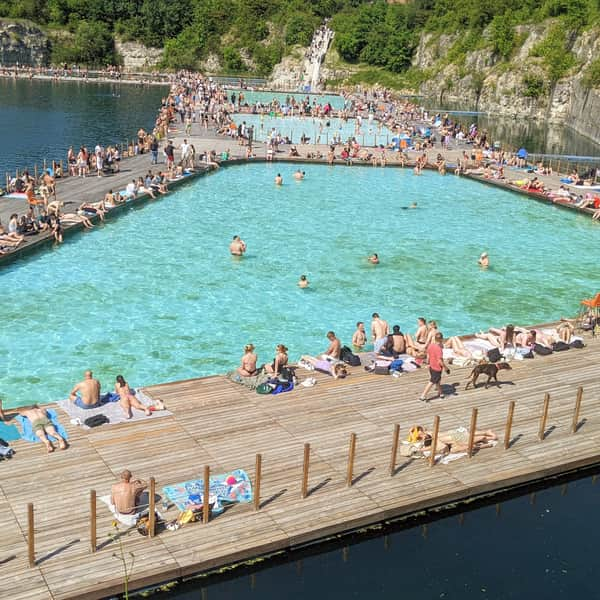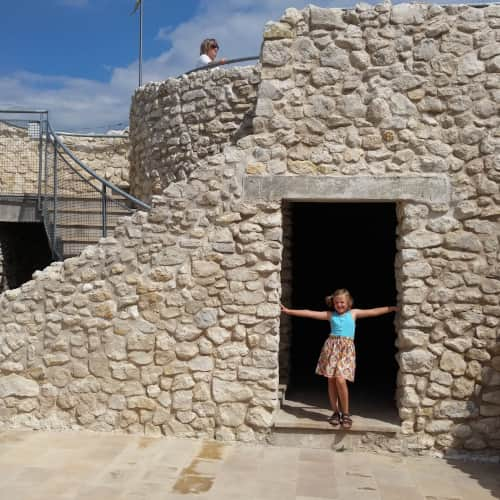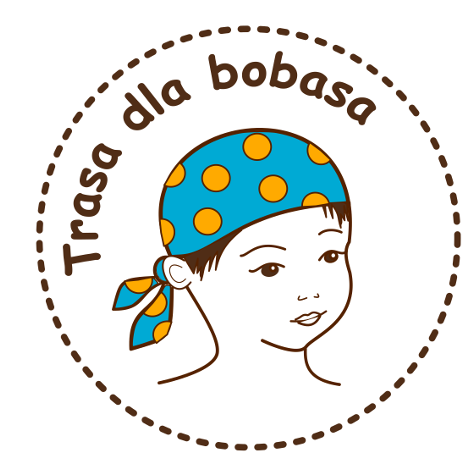Walk through Planty Park - Searching for Defensive Walls, Bastions, and Gates
Town: Krakówadd_road Asphalt road
stroller Route for stroller (small wheels)
directions_bike Bike route without motorized traffic
beach_access Route in the shade
restaurant Restaurant or bar nearby
shopping_cart Store nearby
sports_tennis Attractions for children
directions_car Access by car
directions_bus Access by public transport
accessible_forward The route is adapted to the needs of disabled people
wc Toilet along the route
baby_changing_station Baby changing facilities along the route
wc Toilet for the disabled along the route
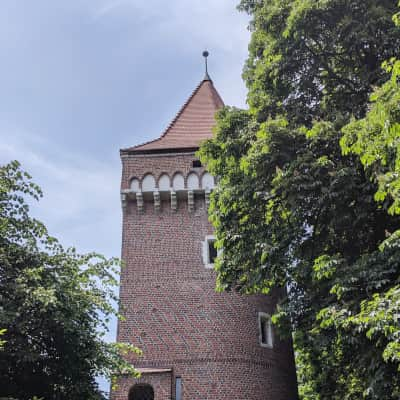
During a walk with your preschooler, we suggest playing a game of searching for traces of the city walls and towers – in the process, we will learn about the occupations of Krakow's residents and the names of their professions.
Starting point: We suggest starting the walk at the end of Grodzka Street (Wawel tram stop). The nearest parking is available on Powiśle Street (paid parking).
A symbolic starting point for the walk can be passing through the stone gate at the end of Grodzka Street. Long ago, there was the Grodzka Gate, also known as the Kazimierz Gate. It was defended by goldsmiths – unfortunately, it has not yet received a commemorative plaque.
The Lantern of the Dead
Just behind the Royal Hotel, on the right side, there is a small shrine of St. Gertrude. It is called the Lantern of the Dead – such small shrines were once placed in front of the entrance to the cemetery or hospital grounds. At night, a light was lit inside to warn against entering dangerous areas – on the hospital grounds, one could contract a dangerous disease, and at the cemetery, ghosts of the deceased could haunt at night. The lantern that stands in Planty Park today was once located near the no longer existing St. Sebastian Hospital, but the light is still lit in it every night.
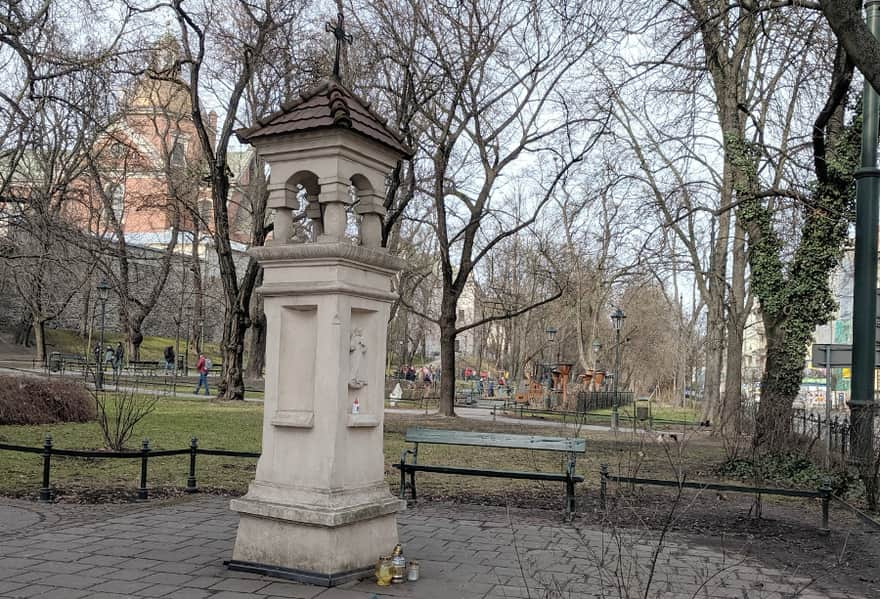
Krakow City Walls
The city was surrounded by a double ring of walls and a moat. 100 years ago, the moat was filled in, and a park – Planty – was created in its place. There were over 40 towers – bastions with gun openings – in the city walls. Each bastion was defended by a specific guild, a group of craftsmen, such as shoemakers or carpenters. The city walls also had 8 gate towers through which one could enter the city.
Traces of the Bastions
The first plaque we will find on our route (just past Franciszkańska Street) shows us the location of the Cooper's Bastion, where craftsmen made wooden vessels – primarily barrels, but also buckets, beer mugs, butter churns, dough mixing bowls for bread, or bread paddles. The next ones are: the Ringmaker's Bastion (they made rings), the Saddler's Bastion (they made saddles for horses), and the Blacksmith's Bastion.
We cross Sienne Street – here was one of the entrances to the city. We will find a plaque with the image of the New Gate on a low wall – a reconstruction of a fragment of the walls. It got its name because it was the youngest of all the Krakow gate towers. It was defended by bakers and butchers (adjacent to it was also the Butcher's Tower). Fountain lovers can visit Mały Rynek – the first fountain on our route.
On the stretch of Planty between Sienne Street and Mikołajska Street, we will find a trace of the Prochowa III Bastion – it was the tallest bastion along the Krakow walls, where gunpowder was stored. It was defended by butchers, and later by merchants. Right next to it was the Kurdybaniki Bastion (they made kurdyban, a dark leather used as wallpaper – for example, in Wawel, for upholstering furniture, or bookbinding). Here, a surprise awaits us – a real fragment of the defensive walls! with gun openings. It has been preserved because it is one of the walls of the Dominican Sisters' monastery. In the wall, there is a bricked-up oldest gate – the Rzeźników Gate at Gródek. It was bricked up during the construction of the monastery, and instead, the Mikołajska Gate was built (right next to it).
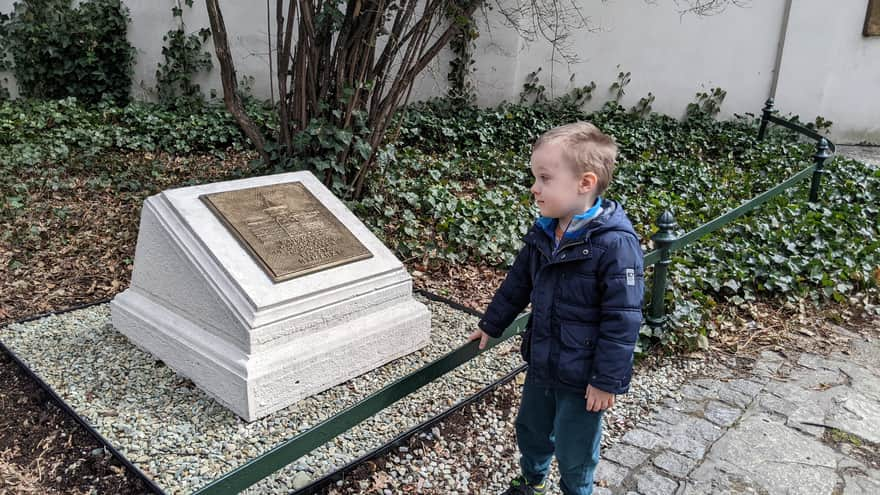
After crossing Mikołajska Street, we will find plaques with the Shoemaker's Bastion (they made shoes), the Barchaniki Bastion (they made barchan, fabric for underwear), the Hawker's, Saddler's, and Larder's Bastions (small vendors, producers of lard and fat). Near the Church of the Holy Cross, there was the Combmaker's Bastion (they made combs). Then the Prochowa II Bastion (gunpowder was stored here) and two bastions defended by Innkeepers – owners of taverns, i.e., former restaurants: the Jastrzębia Bastion and the Kęsza Bastion.
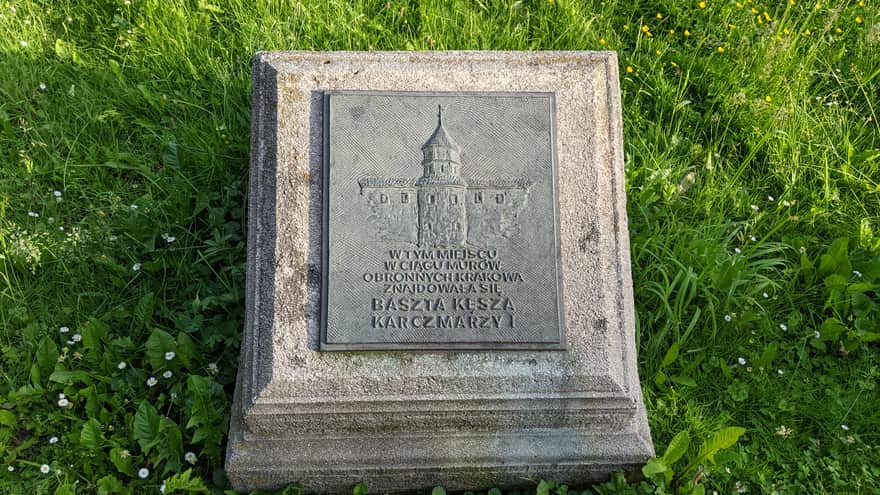
Preserved Fragment of the Walls
We cross Szpitalna Street – the greatest attraction awaits us here: a preserved fragment of the walls with 4 towers! We can easily find the bastions: haberdashers (they made clothing accessories – hence the name haberdashery), carpenters, and joiners, as well as the Florian Gate (defended by furriers who made fur). It is worth making a longer stop here – in the summer season, you can go up the walls and visit the Barbican.
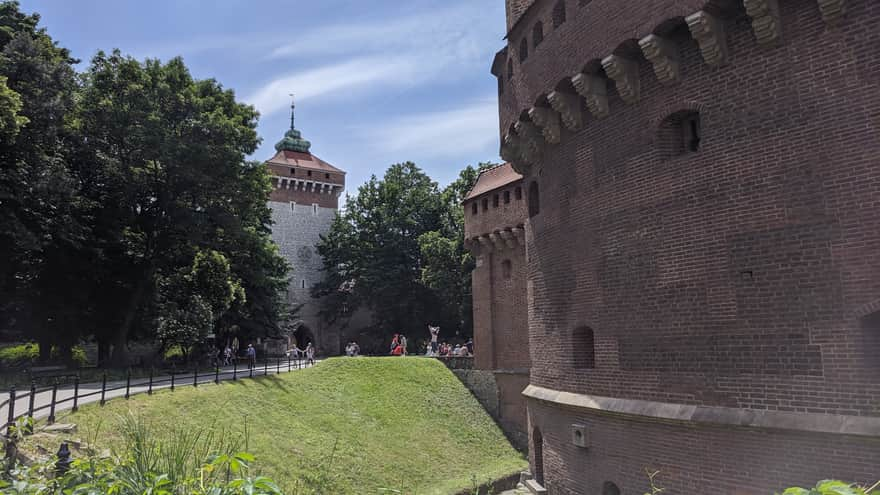
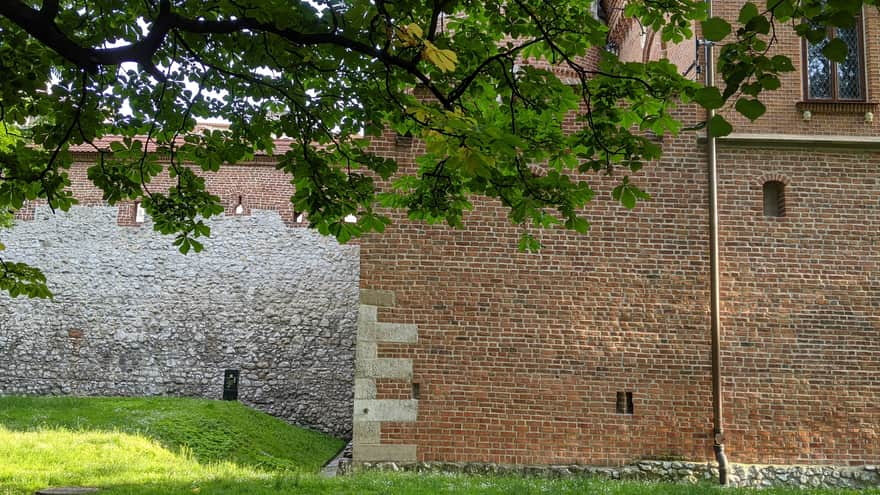
At the exit of Sławkowska Street, there are plaques with the Swordbearer's and Soapmakers' Bastions (they made swords and soap), as well as the Sławkowska Gate – there used to be a drawbridge over the moat next to it, defended by tailors.
After crossing Sławkowska Street, we will find in succession 2 bastions defended by shoemakers (Szewska II and Szewska I), the Butcher's Bastion – defended by the city executioner and his assistants, the Hawker's Bastion, who defended the order in the city ("ancient City Guard"), the Bathhouse Attendants' Bastion – they prepared baths in the municipal bathhouse, from which the city residents could benefit (only the wealthiest had their own bathrooms at home!). The defense of the next bastions belonged to bookbinders (they bound books) and wheelwrights (they made wagons, sleds, wooden wheels), to belt makers (they made belts), and potters (they made clay pots).
Passing by Szczepański Square, it is worth seeing the children's favorite fountain at the Palace of Art.
Once, there stood the Red Tanners' Bastion near the Bunkier Sztuki – craftsmen who prepared animal skins for furriers, who later sewed various products from them. The Shoemaker's Gate was located near the exit of Szewska Street, but it did not receive its plaque.
Between Szewska Street and St. Anne Street, we will find plaques with the Cutler's (they made knives) and Gunsmith's (they produced and repaired firearms) Bastions.
Behind St. Anne Street, near the university buildings, we will find traces of the Tinplate Workers' (they covered roofs with tin), Cobblers' (they made small leather goods such as belts and bags), and Bagmakers' (they made leather bags and satchels – old-fashioned wallets) Bastions.
The Wiślna Gate was located at the exit of Wiślna Street – it was defended by locksmiths (they made metal locks and keys) and kettle makers (they made metal pots).
At Franciszkańska Street, another fountain awaits us - the Chopin Piano.
There are still 2 bastions to be found: the powder bastion and the harness makers' (they made horse harnesses and various accessories for riders).
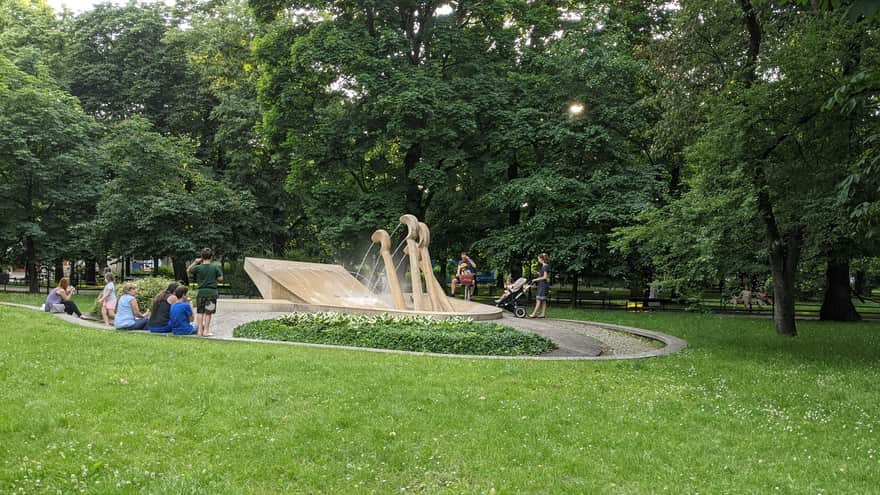

Interesting Facts about Krakow
Krakow's Main Square hides many secrets – perhaps you also want to discover them?
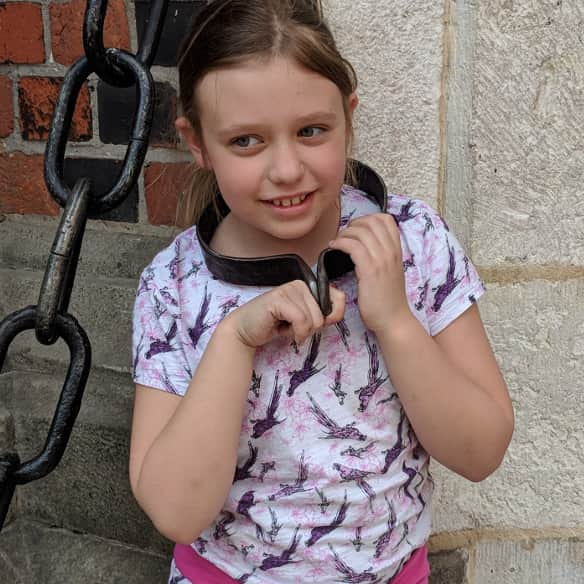
Krakow - Interesting facts for tourists and locals
Today we will take a closer look at the city in a different way than usual, not in a hurry, but attentively - searching for details, peculiarities, secrets... ...
Publish Date:
More in the Region Kraków (Cracow)
